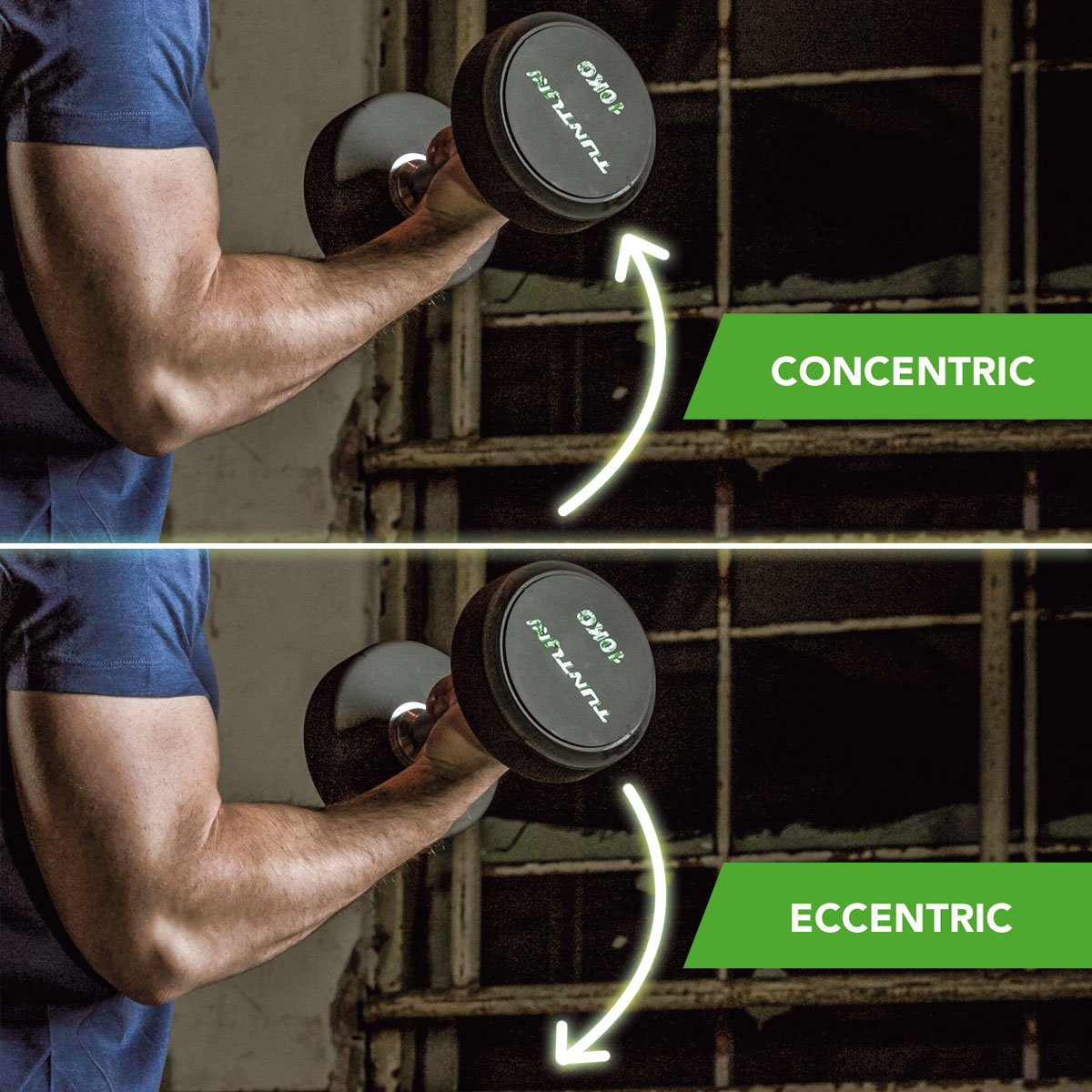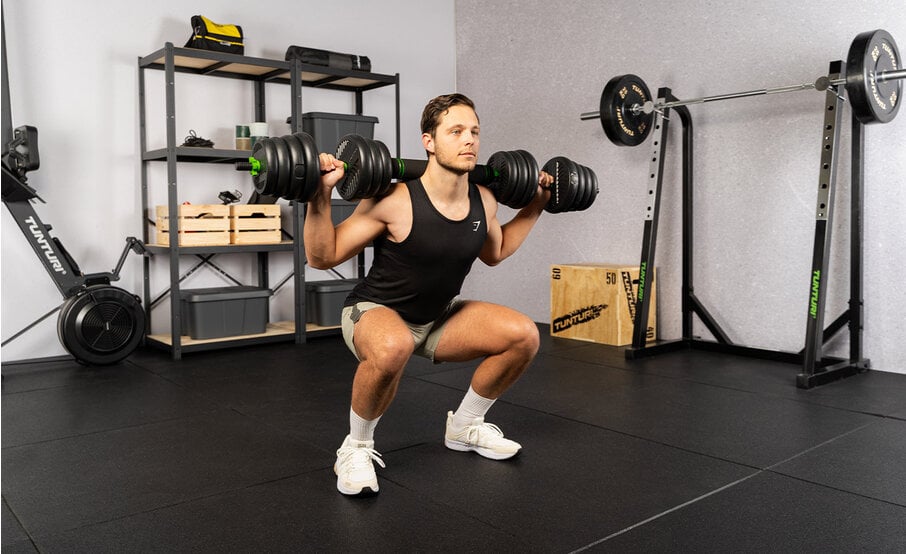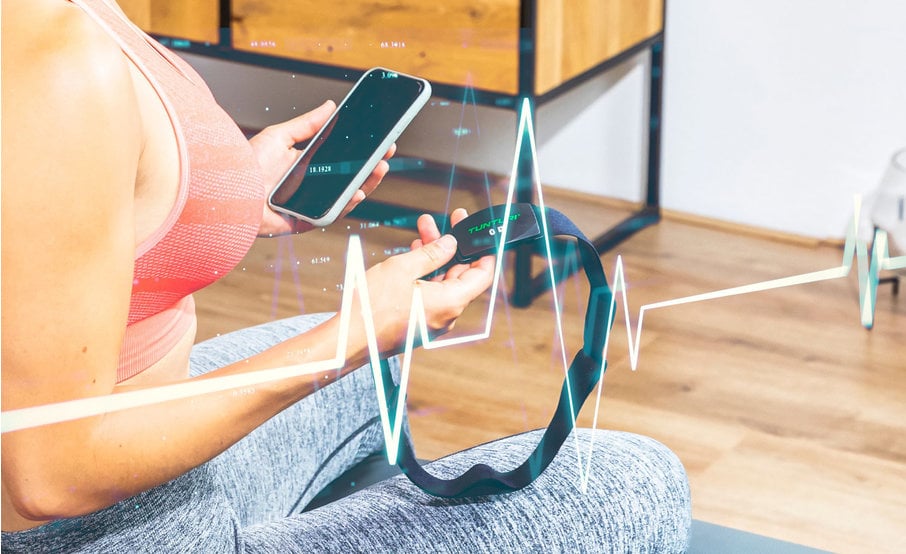Plyometric training: training with explosive power
- Posted on
- Posted in Functional training, Plyometrics

It has not been used as a training method for a long time, but it has already become very popular: plyometric training! Through plyo you work on your explosive power to improve your performance in different disciplines.
The word 'plyometry' is derived from the Greek words pleiȏn (more) and meterȏ (measure), which together is interpreted as 'measurable increase'. It uses the dual action of a muscle movement.

Concentric and eccentric
A muscle movement consists of two parts. The concentric and the excentric part. In the concentric part, the muscle fibers shorten with eccentric movements the fibers actually lengthen. Plyometric training uses a 'stretch shortening cycle' (SSC): the movement from eccentric to concentric. A well known example of concentric versus eccentric can be seen when performing a bicep curl.
To give a simple plyometric example: jumping. When jumping you first bend your knees (eccentric) after which your explosively stretch your legs (concentric). The shorter and more explosive, the higher the jump. And thus you can train that and improve.
To give a simple plyometric example: jumping. When jumping you first bend your knees (eccentric) after which your explosively stretch your legs (concentric). The shorter and more explosive, the higher the jump. And thus you can train that and improve.

Why multi-plyometric training?
Through plyometry you work on your explosive power. This is mainly used to improve performance in different disciplines. The more 'explosive force', the higher you can jump. But you can also sprint faster, throw further and punch and kick harder. Who can benefit from that? A better question to ask would be who won't! Footballers, for example, who make an explosive sprint or jump for a high header. Volleyball players tapping the ball high and hard over the net. And what about the benefits in athletics?





